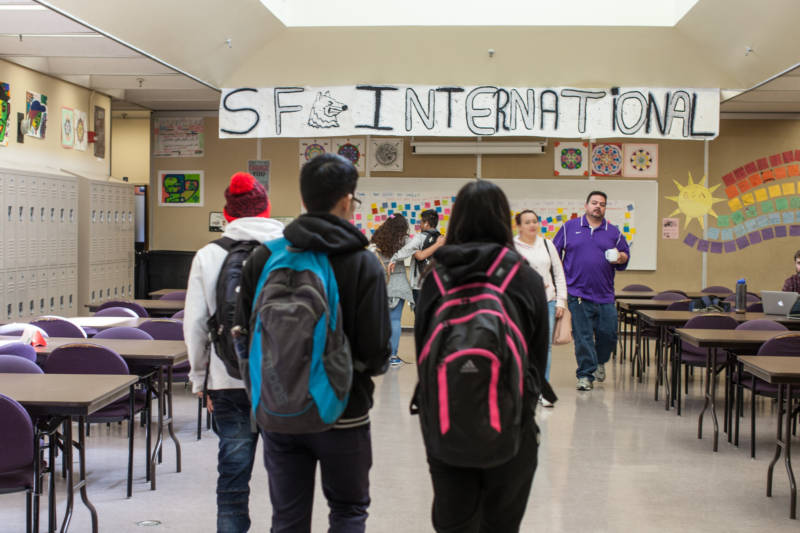Equality California’s analysis, published Monday, used a 90-question survey covering school climate, curriculum, teacher training, suicide prevention and transgender students to rate school districts’ LGBTQ policies on a three-tier, color-coded scale.
Of the 130 K-12 school districts that participated in the years-long survey effort, 22 school districts were given “top tier” ratings, 80 were considered “middle tier,” and 28 districts were labeled “priority districts,” the lowest rating.
Advocates and legislators have heightened their focus on policies that are more inclusive of LGBTQ students as research generally shows that these students are more likely to dropout and experience bullying and attempted suicides at rates higher than the rest of their peers.
“We have worked tirelessly over the last two decades to enact laws and policies that create safer, more supportive learning environments for our LGBTQ students,” said Rick Zbur, executive director of Equality California, a nonprofit LGBTQ advocacy group. “But our work cannot — and does not stop in the Capitol. For these laws to be effective, they must be implemented.”
Among the survey’s other highlights:
All of the 130 school districts that responded to Equality California’s survey said they had anti-bullying policies in place, and most explicitly prohibit bullying based on sexual orientation, gender identity or gender expression.
118 school districts said they require students take sexual health and HIV prevention classes, and three-fourths of those districts said their curriculum “incorporates discussions of relationships other than cisgender heterosexual relationships.”
113 school districts said all of their schools allow kids to use restrooms and locker rooms that correspond with their gender identity.
The report identified 45 school districts that don’t give employees training “that even generally covers diversity, anti-bias, cultural competency and/or equity and inclusion.”
A majority of school districts in the survey do not appear to be including LGBTQ-inclusive textbooks in their social studies curriculum, which goes against a 2011 law mandating that schools include “the role and contributions of lesbian, gay, bisexual, and transgender Americans” in their history teachings.

